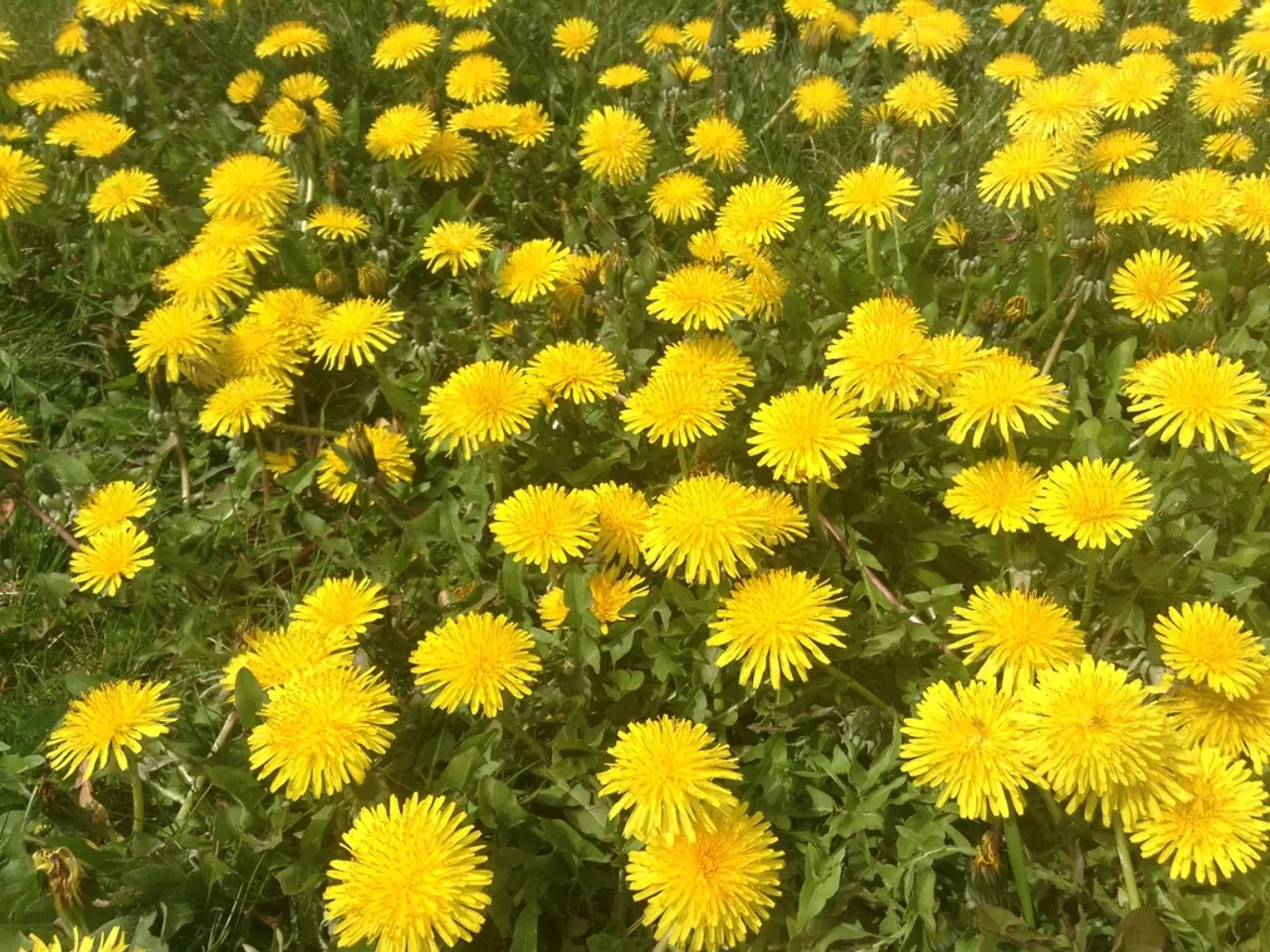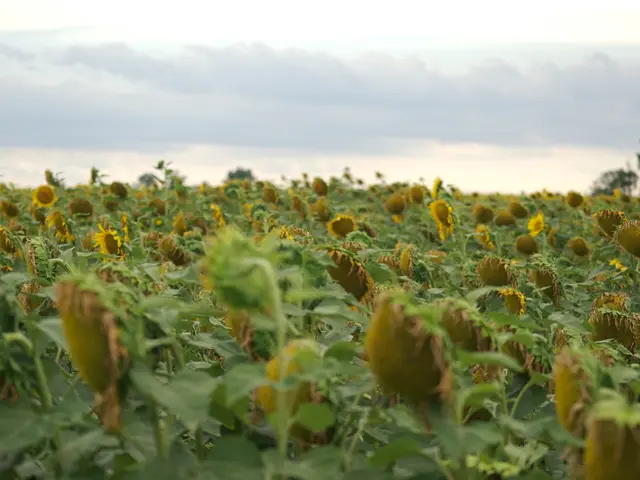Unique Blossoms with Initial 'Z'
Article Title: Discovering the Charm of Flowers Starting with 'Z': Zinnias, California Fuchsia, and More
In the enchanting world of gardening, there's a hidden charm in flowers that start with the letter 'Z'. Today, we'll delve into some of the most noteworthy and commonly cultivated plants in this category.
Firstly, let's talk about the vibrant and cheerful Zinnia (Annual). Known for its daisy-like flowers, Zinnias come in a riot of colours such as red, pink, yellow, orange, and white. These bright blossoms are often used as fillers among sun-loving perennials, helping to extend the blooming season in gardens. Zinnias thrive in full sun and well-drained soil, and they are relatively drought-tolerant once established but perform best with regular watering.
Another fascinating 'Z' flower is the California Fuchsia (Zauschneria) (Perennial). This plant is a favourite among hummingbirds due to its tubular orange to red flowers. California Fuchsia typically begins blooming in early summer with a large flush, and the flowers can continue for an extended period. It prefers full sun and well-drained soils, and it is drought-tolerant, making it suitable for warm climates.
Zantedeschia, also known as calla lily or arum lily, is another intriguing 'Z' flower. This plant produces elegant, chalice-shaped flowers with a tall, yellow spadix in the center. Zantedeschia can be found in shades of white, pink, yellow, and purple, and it prefers full to part sun and consistently moist, rich soil.
The ZZ plant (Zamioculcas zamiifolia), a popular houseplant, can also be grown outdoors year-round in zones 9 and warmer. It produces small, unique flowers in summer, especially when grown outdoors, and is easy to grow, tolerating low light and neglect. For best results, it should be planted in fast-draining soil and placed in moderate to bright indirect light.
While more plants starting with 'Z' exist, these four cover both annual and perennial categories, providing a diverse range of options for garden enthusiasts. Zinnias are ideal for gardeners looking for bright summer flowers that bloom profusely but need replanting yearly. On the other hand, California Fuchsias, as perennials, provide seasonal interest with less maintenance once established and attract hummingbirds.
Lastly, it's worth mentioning that Zinnias attract butterflies and other pollinators with their large, cheerful blooms. So, whether you're planning a sunny garden or a vibrant indoor space, consider incorporating these 'Z' flowers to add a touch of charm and colour to your surroundings.
[1] Gardening Know How. (n.d.). How to Grow Zinnias. Retrieved from https://www.gardeningknowhow.com/plant-care/flowers/zinnia/how-to-grow-zinnias.htm
[2] California Native Plant Society. (n.d.). Zauschneria. Retrieved from https://www.cnps.org/plants/species/Zauschneria
- In a home-and-garden lifestyle, incorporating organic herbs like Zinnias, California Fuchsia, and Zantedeschia can add an array of colours and textures to any garden decor.
- For those starting with their gardening journey, Zinnias are perfect for adding bright, cheerful flowers to a garden, requiring full sun and well-drained soil.
- California Fuchsias, with their tubular orange to red flowers that attract hummingbirds, thrive in well-drained soils and warm climates, making them suitable for a variety of home-and-garden settings.
- The ZZ plant, though more recognized as a houseplant, can be grown outdoors year-round in zones 9 and warmer, adding a unique touch to your organic garden or home-decor.
- In addition to their beauty, Zinnias act as pollinators, attracting butterflies and other beneficial insects to the garden, contributing to a healthier and more diverse environmental lifestyle.





